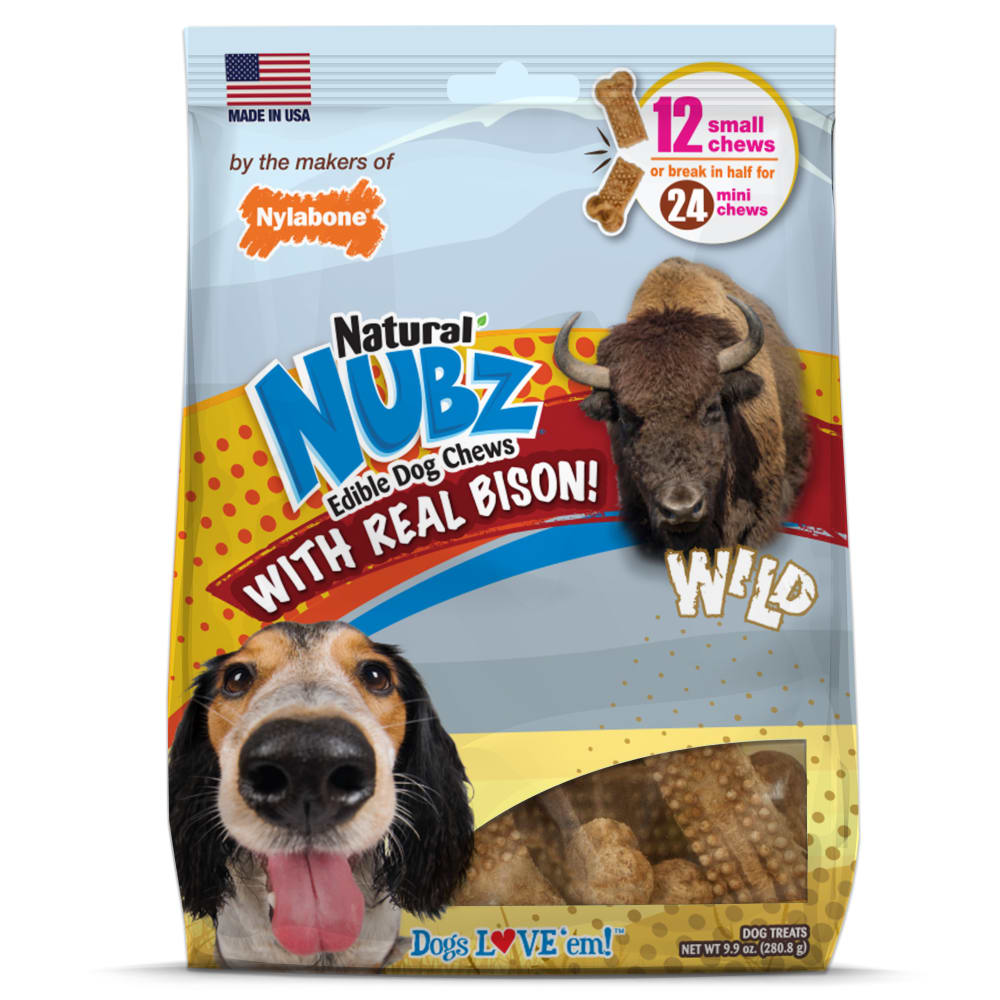Vizsla Dog Breed
Country of Origin: Hungary
Height: Males 22-25 inches, females 21-23.5 inches
Weight: 44-66 pounds
Coat: Single coat is short, smooth, dense, close lying
Colors: Shades of golden rust
Other Names: Hungarian Pointer; Hungarian Shorthaired Pointing Dog; Hungarian Vizsla; Magyar Vizsla; Rvidszr Magyar Vizsla
Registries (With Group): AKC (Sporting); UKC (Gun Dog)
Origin and History
The Vizsla's ancestors were hunters and companions for the Magyar, a nomadic tribe that eventually settled in what is now known as Hungary. He is believed to be descended from the ancient Transylvanian Hound and the now-extinct Turkish yellow dog. Later, the German Shorthaired Pointer and Pointer were added. The Vizsla is most associated with the Puszta region in Hungary, a central area with diverse agriculture and a variety of game. Life in this vast terrain helped to create a dog with a superior nose and hunting ability suited to all weather extremes.
The breed suffered greatly after World War II, almost becoming extinct. Owning a Vizsla was considered a bastion of aristocracy, something that was not favored by the Russians who took control of Hungary after the war. Much of the modern breed is based on dogs taken out of the country by owners who emigrated to other areas in Europe and abroad.
When the Vizsla arrived in the United States during the 1950s, hunters were impressed with his hunting prowess, particularly his stamina in hot weather. An all-rounder, he searched diligently, not ranging too far, marking and retrieving from land and water. Paired with his friendly disposition, he was easy to keep as a family companion, too.
Personality Profile
A handsome animal, the Vizsla draws attention wherever he goes. If not sufficiently exercised or stimulated, his naturally energetic nature may lead him to indulge in destructive behaviors. When raised properly, he is excellent with children who are old enough to manage his high energy. He gets along well with other dogs and animals, although he shouldn't be trusted with small animals that could be considered game. The Vizsla's talents are many; he is a proven tracker, retriever, pointer, agility and obedience competitor, and a striking show dog.
Care Requirements
Exercise
Vizslas are lively, athletic dogs who thrive on exercise. Without regular opportunities to hunt, they require several vigorous walks a day. They make great jogging or biking companions.
Grooming
The Vizsla's short, smooth coat is easy to keep clean. A hound glove will loosen dead hair and stimulate the skin, and he should be brushed with a soft brush. Also, because he spends a great deal of time outdoors, his coat must be checked frequently for ticks and other parasites, and his long ears should be inspected often to ward off infection.
Life Span
The average life span of the Vizsla is 11 to 15 years.
Training
The Vizsla is a multitalented and trainable animal. That said, he is a high-energy dog who is easily distracted, and his training should be handled by someone who is persistent, patient, and uses reward-based and creative ways to keep him focused.
Find a Nylabone chew, treat, or toy for your Vizsla or large dog by using our Custom Product Finder!
FOLLOW US!





